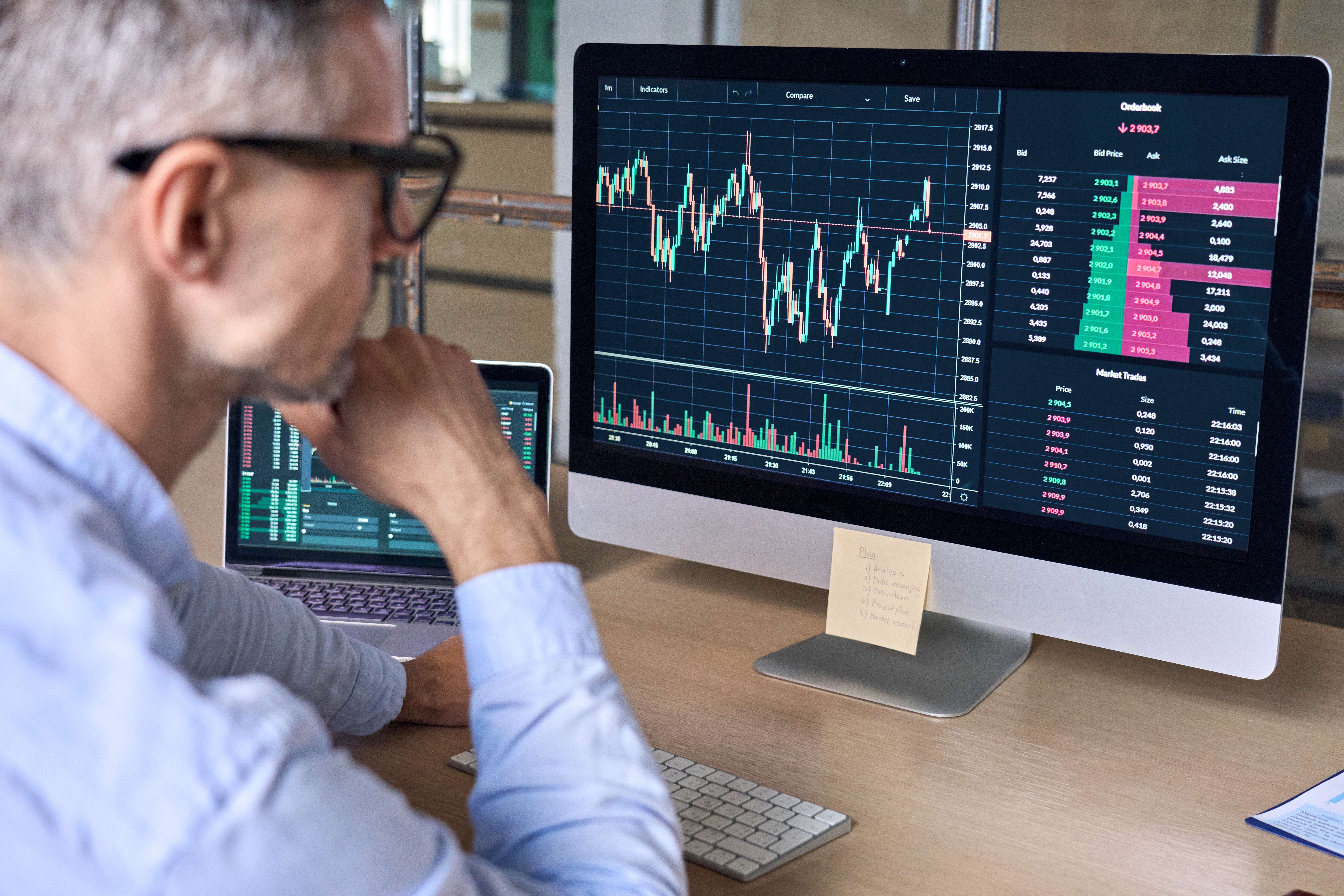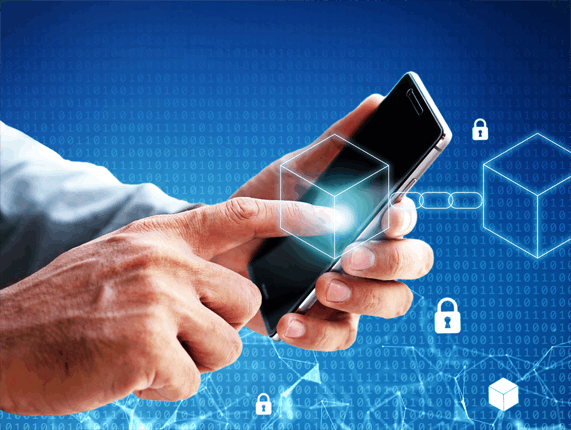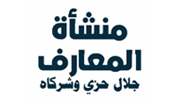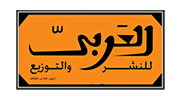What Is Analytical CRM? + 7 Best Analytical CRM Tools Example
Content
Skyfi added a chatbot feature to its website to improve sales, and in five months, twice as many website visitors became paying customers. Traditionally, sales were considered transactional because each purchase was a unique, short-term event. Relational selling, however, is less about one transaction and more about building a long-term relationship to maximize customer lifetime value. Operational and collaborative CRMs perform front-line business activities, while analytical CRM “thinks” about the resulting data collected. Many or all of the products here are from our partners that compensate us. But our editorial integrity ensures our experts’ opinions aren’t influenced by compensation.
Once the CRM collects and analyzes new pieces of customer data, you can create a clearer picture of a customer’s identity regarding your business model. Understanding your customer’s needs and behaviors will help you to improve your marketing. Other capabilities include sales force automation, sales planning, sales performance management, customer data management, DataFox analytical crm data management and more. There are mobile apps with responsive designs for both Android and iOS devices. Based on the user sentiment, you can offer a customer-centric solution to help build and maintain brand loyalty. This analysis also helps you improvise problem areas such as customer service, response time, follow-ups, cross-selling and upselling services and more.
List Your Software / Services
If you’re looking to grow your business, it’s crucial to focus on your clients. So whether you need a CRM for startup companies looking to grow, or an enterprise-level platform for improving client relations, this operational CRM guide will point you in the right direction. Capabilities include order planning, advanced scheduling and manufacturing planning, demand planning, distribution planning, and transportation planning. Supply chain execution systems manage the flow of products through distribution centers and warehouses to ensure that products are delivered to the right locations. Capabilities include order commitments, final production, replenishment, distribution management, and reverse distribution.

Sales reps are often juggling selling points and deadlines for leads each day. It can be a herculean task to track each potential buyer through the pipeline if they’re managing them by hand. Let’s take a look at some hypothetical examples of operational CRM tools in action.
Example of Operational CRM: HubSpot
Run a variety of reports on sales forecasting, sales cycles, sales conversion, sales pipeline, and goal comparison using data gathered by CRM analytics tracking. Use data gathered via CRM analytics tracking to run several reports on sales forecasting, sales cycles, sales conversion, sales pipeline and goal comparison. Key indicators are gathered from website visits, touchpoints, social media engagements, forms filled, webinars or events attended and more. Independently these indicators might not help, but with CRM analytics, it becomes possible to identify and target customers. Customer journeys tend to differ based on the kind of purchase. Large or bulk purchases take a significantly longer time than impulsive purchases.

It won’t just paint a picture of the future in which you make decisions, but actively offers recommendations for your plans and strategies. Enterprise software is built around thousands of predefined business processes that reflect A) the firm’s organization. Implementing an enterprise application typically requires organizational change as well as adjustments to existing business processes. Customizes the software to match all of its business processes. Enterprise systems are strictly internally oriented; other types of enterprise applications must be used for communicating with customers and suppliers. Businesses that are spread across multiple physical locations or have many teams stand to gain a lot from collaborative CRMs’ emphasis on business unit synchronicity.
Salesforce Sales Cloud
Companies can then leverage the data they’ve collected for better sales efforts, targeted marketing campaigns, and personalized customer support. Generally speaking, the most crucial components of an analytical CRM are data warehousing, data mining, and OLAP tools. An operational CRM streamlines and simplifies an organization’s main business processes. In doing so, the tool can help companies generate leads, convert those leads into contacts, and provide the service infrastructure necessary to delight and retain customers. If you can afford the £64 per user, per month price tag (make that £1,000 if you’re in marketing!), SugarCRM offers plenty of sweet featuresfor your small business.
Analytical CRM software offers marketing automation that allows you to create personalized interactions with your leads and customers. Right from the moment they sign up to your website, this feature will enable you to keep them engaged and gain their trust. Business owners can use this feature to help reduce their costs by automating https://xcritical.com/ specific marketing strategies. Every business has different departments, from marketing and sales to customer support. Getting all these departments on the same page and in sync can be challenging, especially with a big company. Collaborative CRM tools provide your team with real-time updates on every customer’s progress and data.
Optimization of marketing and sales activity
For a company’s growth strategy to be successful, it is important to effectively understand customer behavior and their responsiveness to your products or services. This gives insight into various factors such as customer life cycle, risk factors, profitability, customer loyalty and market segmentation. Zendesk is the platform best known for customer service and helpdesk tools, although they have sales now too.
- Both of their modules for sales and marketing offer strong analytics features.
- By offering self-service options to your clients, you give them the power to resolve small issues without staring at their email inbox.
- All of these aspects come together when developing a strategy for attracting loyal customers for your brand.
- Then find the platform that offers those features and can scale with you as your customer management needs expand.
- And if you’re up for something more radical, you can create a campaign that targets just the key accounts and build special offers around those specific people.
- B) manage the procurement, manufacturing, and distribution functions themselves.
So, a very important feature to look for in your CRM system is integration. You want to be able to integrate your other platforms into your CRM system so that you can manage all your tasks from one place. An analytical CRM system is beneficial for many reasons, but mainly because it can help you not only collect customer data but analyze that data so you can gain more insight into your customers. Channel management allows you to communicate with your customer on whichever channel they prefer, whether that be social media, email, or phone. Channel management is an important feature to have in your CRM system because you need to be able to effectively reach your customers on a platform that you know they use.
What are the different types of CRM?
In-app CRM offers fully functional CRM capabilities for teams on the go via tablets, smartphones, and smartwatches. It gives marketing, sales, and customer care departments access to all the information they need wherever they are and whenever they want. What’s more, in-app CRM is super flexible, so you can use it in various ways, including customer tracking, business management, data analysis, and more. A small business just starting out may only need a contact/interaction management system to track customers and potential customers. Maybe in a year or two, the company may need to embrace sales and customer service automation. A collaborative CRM system aims to streamline processes and workflows across various organizational structures.
Analytical CRM: Definition & Features (+ 7 Best Analytical CRM Tools)
Small, routine decisions typically do not have any business value for a company. A pivot table is a spreadsheet tool that displays two or more dimensions of data in a convenient format. Check out our breakdown of Salesforce vs HubSpot CRM features, pricing, and more, then decide whether either CRM is right for your business. Learn how a CRM dashboard can benefit your business, along with steps on how to set one up yourself in order to make better decisions. To assess the best options, we first split our scoring criteria into six weighted categories, each consisting of specific subcriteria.








